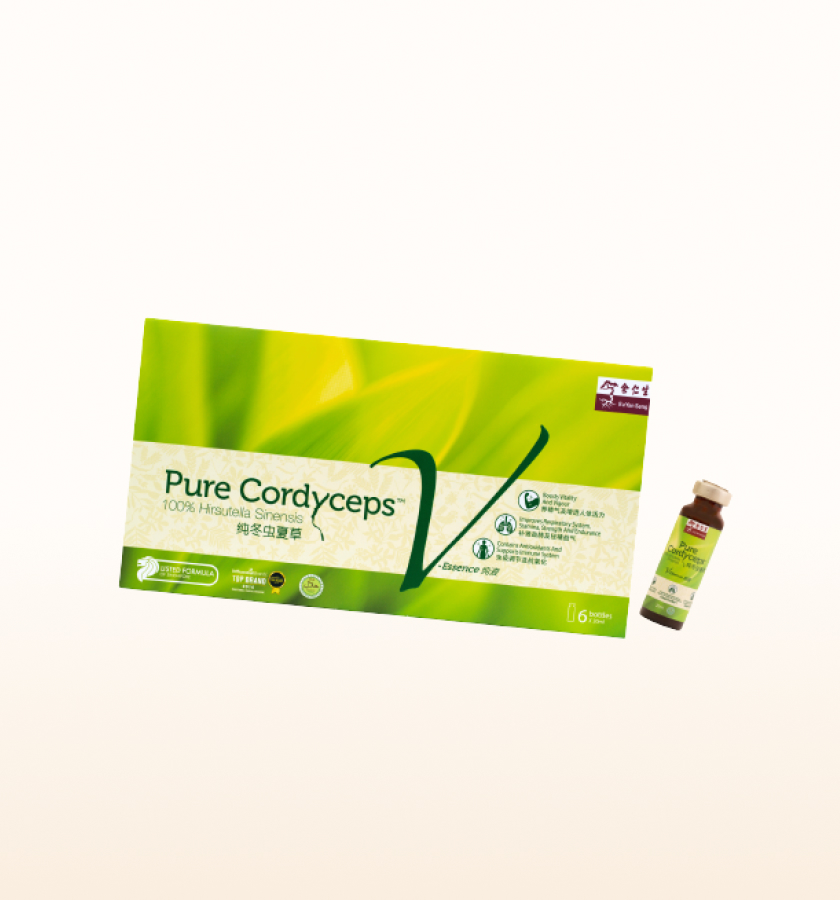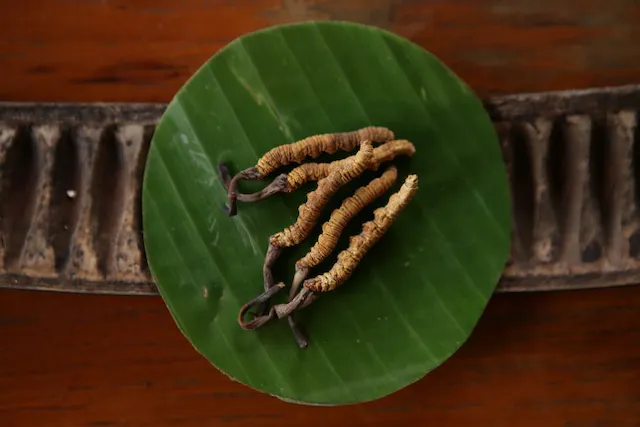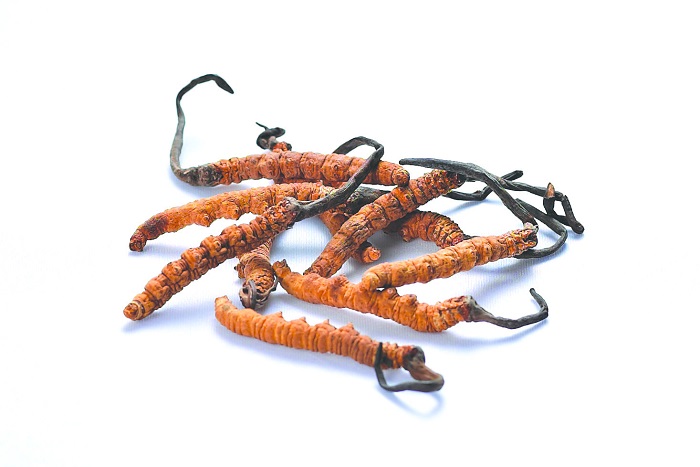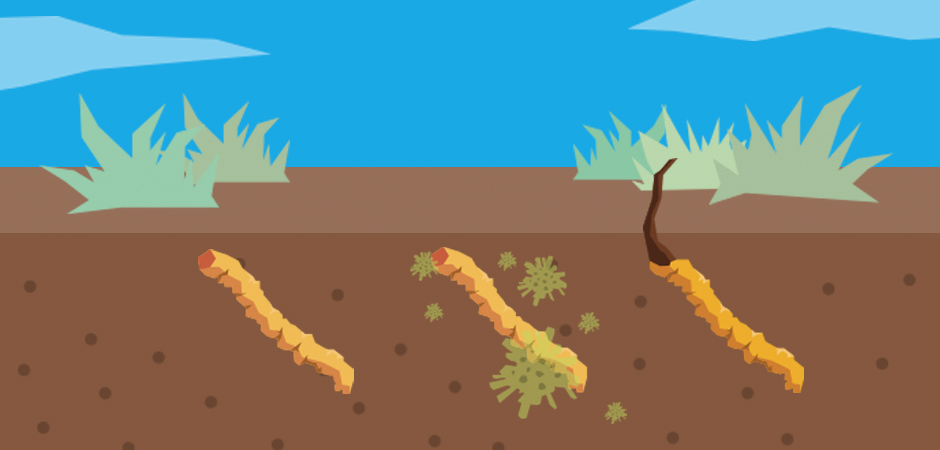ABOUT CORDYCEPS
Taming the Wild Cordyceps
Posted on 7 Nov 2022
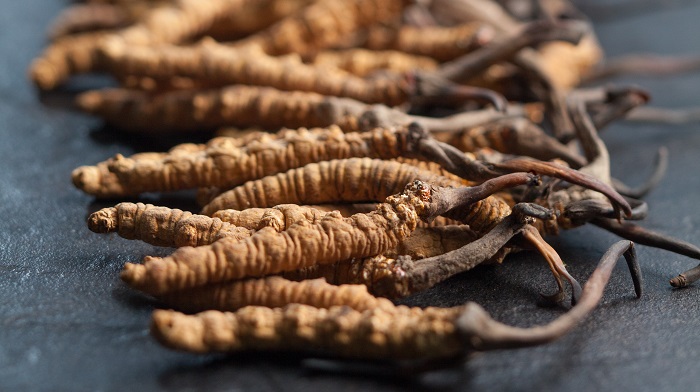
If you have ever attempted to purchase wild cordyceps from traditional Chinese medical halls, you may be surprised by how expensive it can be. There are several reasons why this is so:
1. High demand
Because of its numerous benefits, cordyceps has become one of the most sought-after commodities in traditional Chinese medicine (TCM), thus driving up the cost.

2. Soil erosion
Harvesting wild cordyceps leaves countless little holes on the ground. This accelerates soil erosion because there is nothing to hold the soil down and protect it from the strong winds at high altitudes, the preferred habitat of the caterpillars that eventually become cordyceps. This endangers the wellbeing of new spouts.
3. Harvesting before maturity
Plump cordyceps have more market value than their more shrivelled counterparts. This means that cordyceps tend to be dug up just after the fungus sprouts, but before they mature and have had the chance to reproduce by releasing spores. Fewer spores lead to fewer infected caterpillars, which leads to a downward spiral in cordyceps population.
4. Padded weight
Because cordyceps is sold by weight, unscrupulous retailers have been known to coat their products with heavy metals or fatten up the body of the herb with questionable inserts.
A cultivatable strain
Because harvesting cordyceps in the wild is problematic, scientists have always hoped to develop a strain that could be cultivated, but growing conditions for the wild strain was always too stringent to be replicated.
However, biotechnology has made great strides and is now able to re-create these geo-specific environmental conditions to ferment and obtain a bountiful harvest of high-quality, high-purity strain of this fungus. The cultivation of this strain — Hirsutella sinensis, which is 99.645% genetically similar to wild cordyceps — ensures that the pH values of water-soluble nutrients and microelements are monitored closely to nourish the crops at all times.
For consumers, this means a safe, consistent and more affordable supply of cordyceps not subject to seasonal availability.
.png)
